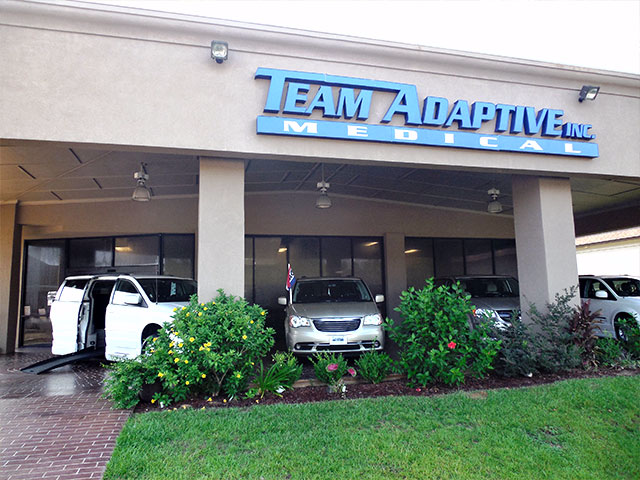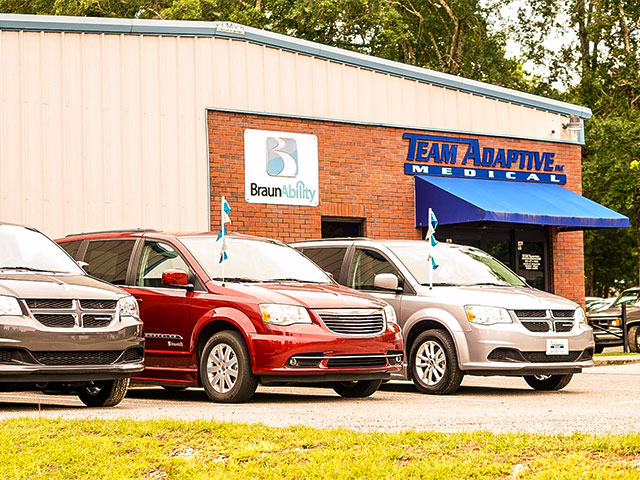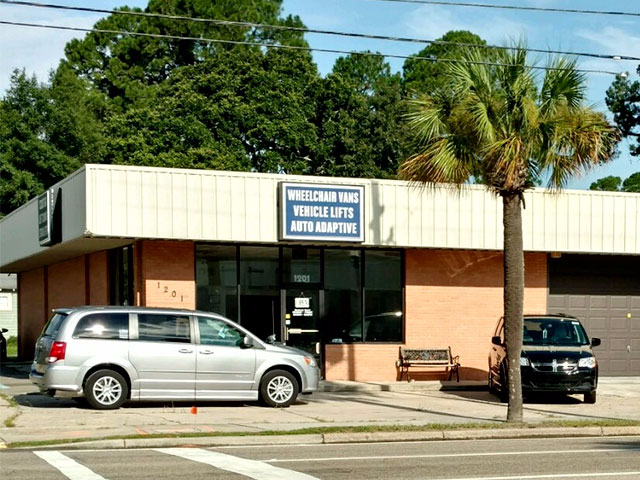
Ultimate Checklist for Choosing the Right Stair Chairlift
In today's rapidly aging population, the importance of mobility solutions like chairlifts for stairs has never been more pronounced. According to a report by the World Health Organization, over 60% of seniors experience mobility limitations, making it crucial for them to access their homes and surrounding environments safely. A study by the National Aging in Place Council emphasizes that nearly 90% of older adults prefer to age in place, highlighting the need for assistive technologies that enhance home safety and independence. Chairlifts for stairs provide a vital means of achieving this, but with various models and features available, selecting the right one can be daunting. This ultimate checklist will guide you through the essential technical specifications and provide a comprehensive tutorial, ensuring that you make an informed decision tailored to your specific needs and living environment.

Key Factors to Consider When Selecting a Stair Chairlift for Home Use
When selecting a stair chairlift for home use, several key factors should be kept in mind to ensure the best choice for safety and convenience. First, assess the layout of your staircase.
Curved or straight staircases necessitate different types of chairlifts, so understanding the specific configuration will help you choose a model that best fits your needs. Additionally, measure the width of your stairs to ensure that the chairlift can be installed without obstructing pathways, particularly in high-traffic areas.
Another important consideration is the weight capacity of the chairlift. It is crucial to select a model that can safely support the user’s weight. Moreover, consider the range of features offered by different chairlifts, such as adjustable seat heights, powered swivels for easy entry and exit, and safety sensors that prevent accidents. The ease of operation should also be a priority; a user-friendly remote control or joystick can enhance the overall experience for individuals with mobility challenges. Choosing the right stair chairlift involves a balance of these factors to enhance safety and improve everyday accessibility at home.
Understanding the Different Types of Stair Chairlifts Available on the Market
When it comes to selecting the right stair chairlift, understanding the various types available is crucial for making an informed decision. The two primary categories of stair chairlifts are straight and curved. Straight chairlifts are typically more affordable and are designed to run along a straight staircase, whereas curved models are custom-made to fit staircases with turns and landings, generally costing more due to the additional engineering required. According to a 2022 report from the National Association of Home Builders, over 68% of homes are expected to feature some form of accessibility modification by 2025, highlighting the growing demand for tailored solutions like curved chairlifts.
Tip: Assess your staircase configuration before deciding on a chairlift type. Consider consulting with a local stairlift specialist who can provide insights based on your specific needs and the layout of your home.
Another crucial aspect to consider is the safety features offered by different stair chairlifts. Most models come equipped with essential safety features such as seat belts, anti-slip footrests, and obstruction sensors. A recent survey by the Accessibility Solutions Group indicated that nearly 80% of users prioritize safety features when choosing a stair chairlift. This statistic underscores the importance of selecting a model that incorporates robust safety measures.
Tip: Always test the chairlift beforehand and ensure it has been properly installed to guarantee optimal safety and performance for you or your loved ones.
Evaluating the Safety Features of Stair Chairlifts: A Comprehensive Guide
When choosing a stair chairlift, safety should be your top priority. One of the key safety features to evaluate is the presence of a seatbelt. A reliable stair chairlift should come equipped with an easy-to-use, secure belt that helps keep the user safely seated during transit. Additionally, look for lifts with sensors that can detect obstacles on the stairs. These sensors can automatically stop the chairlift, preventing accidents and ensuring user safety.
Another critical feature is the lift's braking system. A well-designed chairlift should include both mechanical and electronic brakes that engage promptly in case of unexpected movements. Furthermore, consider models that offer smooth starts and stops. Abrupt movements can pose a significant risk, especially for individuals with mobility challenges. Also, check for the stability of the armrests and footrests, as sturdy support can significantly enhance the overall safety experience, making it easier for users to embark and disembark from the chairlift securely.
Assessing the Cost and Value of Stair Chairlifts: What You Need to Know
When considering the purchase of a stair chairlift, understanding the cost and value is paramount. The initial investment can be significant, but it is essential to evaluate it against the long-term benefits and peace of mind it provides. A quality stair chairlift, which typically ranges from $2,000 to $5,000, offers features such as safety sensors, smooth operation, and customizable options to fit various home layouts. It's crucial to factor in the costs of installation, maintenance, and possible additional features that could enhance usability.
Moreover, assessing the value of a stair chairlift goes beyond just its price tag. Consider the enhanced mobility and independence it affords users, especially seniors or those with mobility challenges. It can dramatically improve day-to-day living by making all levels of the home accessible again. Many manufacturers also offer warranties and financing options, which can alleviate some of the financial burdens. Therefore, taking a comprehensive look at both the costs involved and the invaluable benefits provided is essential in making an informed decision when choosing the right stair chairlift for your needs.
The Importance of Manufacturer Reputation and Quality in Stair Chairlift Selection
When selecting a stair chairlift, the reputation and quality of the manufacturer cannot be overstated. According to a report by the International Association of Accessibility Professionals (IAAP), 70% of consumers prioritize brand reputation when making purchasing decisions in the mobility aids market. This highlights the critical nature of choosing a trusted manufacturer with a solid track record of reliability and safety. A reputable manufacturer not only assures compliance with safety standards but also reflects years of experience in engineering durable and effective stair chairlifts.
Furthermore, the quality of materials used in the construction of stair chairlifts greatly impacts their longevity and performance. A study by the Aging and Disability Resource Center found that stair chairlifts with high-grade materials had a failure rate reduced by 40% compared to those made from inferior materials. This reduction in failure rates directly correlates to increased user satisfaction and safety. Therefore, consumers should thoroughly research manufacturers, examining product reviews and industry certifications, ensuring that they invest in a high-quality stair chairlift that offers both safety and peace of mind.












